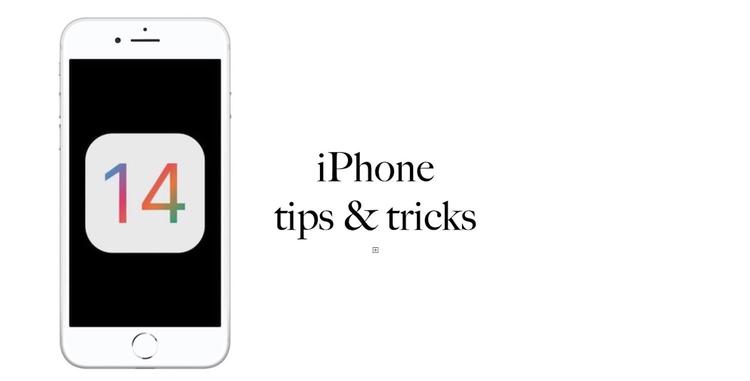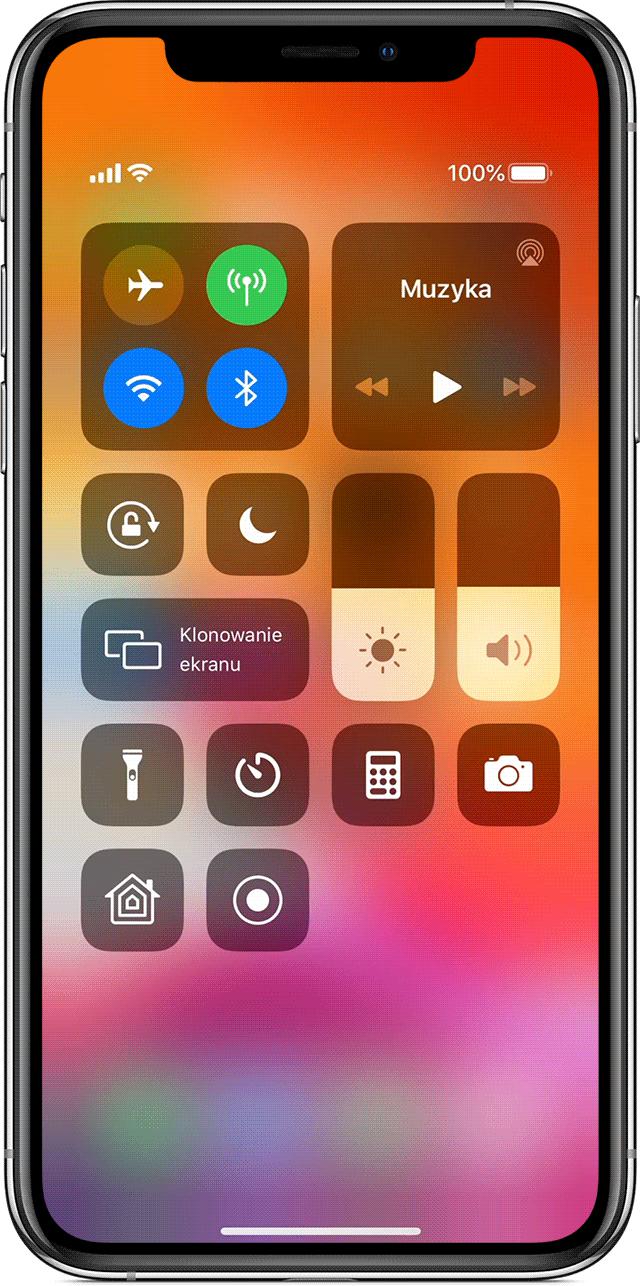Voice Recorder is a free app pre-installed on iOS that allows you to record audio on iPhone, iPod Touch, iPad, and Apple Watch. The Voice Recorder application allows not only voice recording, but also editing of recordings, as well as their export and sharing. Although the application is simple, it is enough for recording lectures etc.
How to record audio with the Voice Recorder app for iOS
- Open the Voice Recorder app on your iPhone or other iOS device.
Remember: the Voice Recorder application is pre-installed on each new iDevice, but it can be removed. If you do not have it among the installed applications, you can download it again for free from the AppStore.
- Tap the red record button at the bottom of the screen to start a new voice recording. One touch is enough, you don't need to hold it the entire time you record.
- If you touch the red line symbolizing the sound wave while recording, a tab with additional options will open. There you will find buttons that allow you to pause recording and resume recording to keep multiple recordings in the same audio file.
- To stop recording, touch the red button again. Recordings are saved automatically.
How to rename a recording
By default, the files with recordings are saved under the name "new recording x", where x is the order number of the recording. If you want to save the recording under a different name, tap New recording at the top of the screen and enter the name of the recording. The recording will be saved under the entered name.

How to edit audio recorded with the Voice Recorder app for iOS
The Voice Recorder app for iOS contains only basic editing functions. In practice, there are only two possibilities: you can either improve the sound quality with an automatic filter or you can trim the recording.
How to improve the quality of the recording
- Tap the audio recording whose quality you want to edit on the app's home screen, then tap the ellipsis symbol.
- On the share tab, tap Edit Recording.
- Tap the magic wand icon on the left side of the screen. The application will put an automatic filter on the recording.
How to trim a recording
- Tap the audio recording whose quality you want to edit on the app's home screen, then tap the ellipsis symbol.
- On the share tab, tap Edit Recording.
- Tap the crop icon on the right side of the screen.
- Drag the brown handles at the bottom of the screen to enclose the section of the recording you want to keep.
- Tap Trim to delete any part of the recording except the trim handles. Then tap Save to confirm the changes. If you want to delete a piece of audio, tap the trim icon, select a part of the timeline, then tap Delete. Finally, tap Save.
- When you are finished with all changes to the audio file, click Save.
How to delete a recording
To delete an audio recording in Voice Recorder for iOS, tap the recording and then tap the trash can icon on the right side of the screen.
Remember: the app doesn't warn you when you delete a recording, but if you accidentally delete a recording, you can get it back. Tap the Recently Deleted category, tap the file name, then tap Recover & Recover Recording.
How to send voice memos
After recording, audio files in the Voice Memos application can be transferred to many different applications and services.
To send or share a recording:
- Click the file you want to send.
- Tap the ellipsis icon.
- Click Share.
- From the list, select the person you want to share the recording with, or the app you want to play the recording with. By selecting Save to Files, you can save the recording to iCloud on a Mac or other device and save it to your device.
If you encounter any errors while exporting or backing up a recording, try emailing it to yourself, open the file on your computer, then send it to your preferred service or contact.
Tips for the Voice Recorder app for iOS
- before starting the recording, check the amount of memory in the phone. While voice memo recordings can last as long as you like, they are limited by the amount of free space on your device. If you are planning a long and important recording, make sure you have enough space for it
- make a test recording before important recording. Are you planning to record an important lecture or interview? Make a short test recording to make sure everything is working well and the background noise is not too loud.
- if you can, live an external microphone. Of course, it's not essential, but connecting an external microphone to your iPhone can significantly improve the sound quality.
- enable iCloud backup. This way, your important recordings won't be lost if you lose or break your iPhone.


![Apps and games on iOS for free.Promotions, discounts, discounts [27.12.2021] Apps and games on iOS for free.Promotions, discounts, discounts [27.12.2021]](https://website-google-hk.oss-cn-hongkong.aliyuncs.com/article-website/google/2021/12/31/661e1a9d1bdfffaecac65b0350aa0db5.webp?x-oss-process=image/auto-orient,1/quality,q_70/format,jpeg)